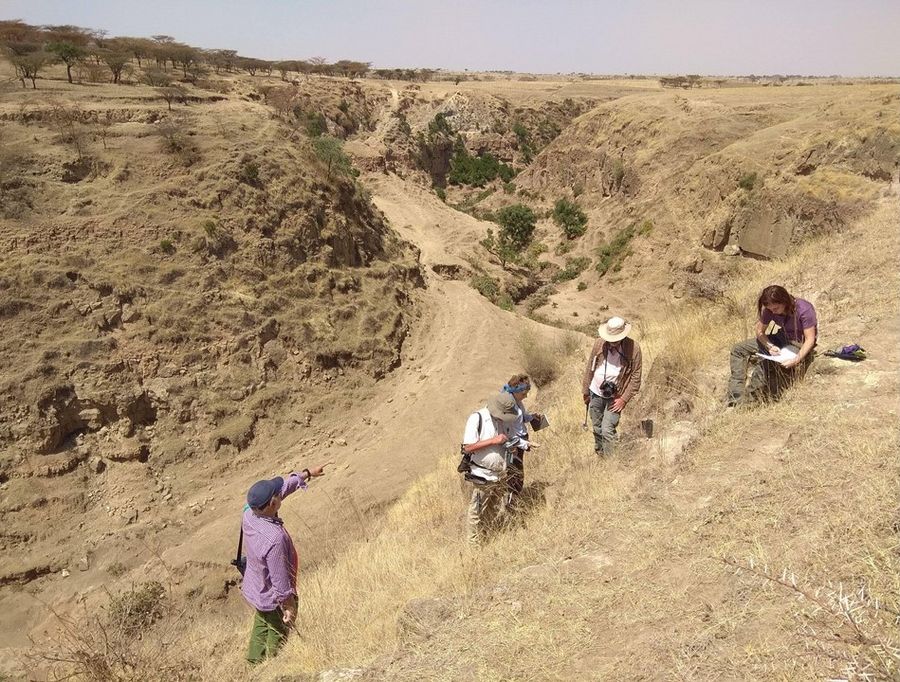Pulses of intense volcanic acivity during the development of the African rift valley: environmental consequences and implications for hominin evolution
The African rift valley is one of the most fascinating natural wonders, known for its unique biodiversity and for being considered -for the important paleoanthropologic discoveries- the "cradle of mankind", i.e. the place where ‘humans’ have evolved and diversified in the last millions of years. Characterized by a system of linear valleys extending for thousands of kilometres, the rift valley is a huge fracture on the surface of our planet that progressively widens with time, tearing the Eastern portion of the African continent apart. It represents a geological wonder where volcanism, earthquakes and fracturing of the Earth's crust are the surface expressions of the enormous forces that shape our planet and that may have influenced the evolutionary path of our ancestors. However, despite this importance, the development of the rift valley and the temporal evolution of some fundamental aspects of the process (e.g., volcanic activity) remain poorly documented and understood.
In a paper published in the prestigious journal Communications Earth & Environment of the Nature publishing group, a team of scientists from the Institute of Geosciences and Earth Resources of the National Research Council of Italy, from the University of Florence and other different universities from Ethiopia, France and United Kingdom has presented for the first time an extremely detailed reconstruction of the volcanic evolution of the rift valley in Ethiopia. Starting from data collected during different field campaigns and from laboratory analysis and age characterization of numerous samples of volcanic rocks, scientists have evidenced that the volcanic activity of the rift valley in the 4 million years has not been continuous in time but has evolved in a pulsatory way, with major pulses of intense explosive activity separated by periods of very minor or absent volcanism.
In particular, this work has evidenced a major pulse of activity between 3.4 and 3.8 million years ago, followed by 4 additional periods of intense volcanism. Within each of these phases, scientists have recognised several large-size explosive events, some of which able to produce volcanic deposits up to tens of meters thick. These events have been therefore able to significantly modify the landscape of vast regions, making them unlivable for a long time, and possibly affecting climate at a global scale. These events have occurred in a crucial period for hominin evolution, in which hominins such as Australopithecus (as for instance the famous ‘Lucy’, a fossil of Autralopitecus Afarensis found not far from the study area) transitioned into different species of Homo, our closest ancestors. It is therefore likely that these important volcanic events, in a crucial region and time interval, may have strongly influenced human evolution.
In general, these results provide a new significant basis for the understanding of one of the most important geodynamic processes, the development of continental rift valleys. These data indicate how these processes may be characterised by an extremely heterogeneous temporal evolution able to profoundly affect the morphology, climate and therefore environmental conditions in large regions of our planet.
Bibliographic reference
Franceschini Z., Cioni R., Scaillet S., Prouteau G., Corti G., Sani F., Mondanaro A., Frascerra D., Melaku A.A., Scaillet B., Oppenheimer C., Duval F. (2024). Pulsatory volcanism in the Main Ethiopian Rift and its environmental consequences. Communications Earth and Environment, 5:568, https://doi.org/10.1038/s43247-024-01703-1.
For information: Giacomo Corti (giacomo.corti(at)igg.cnr.it).
